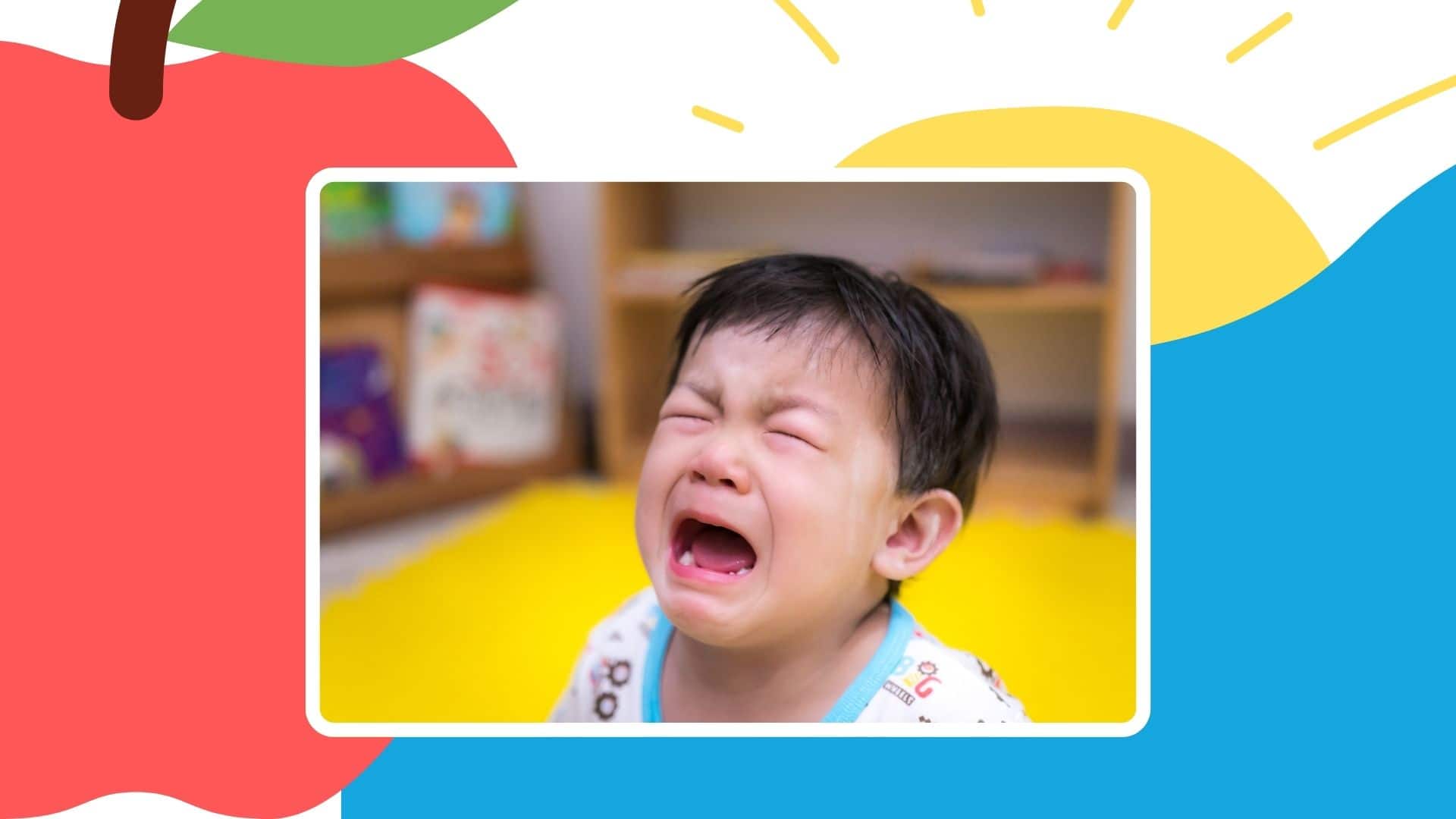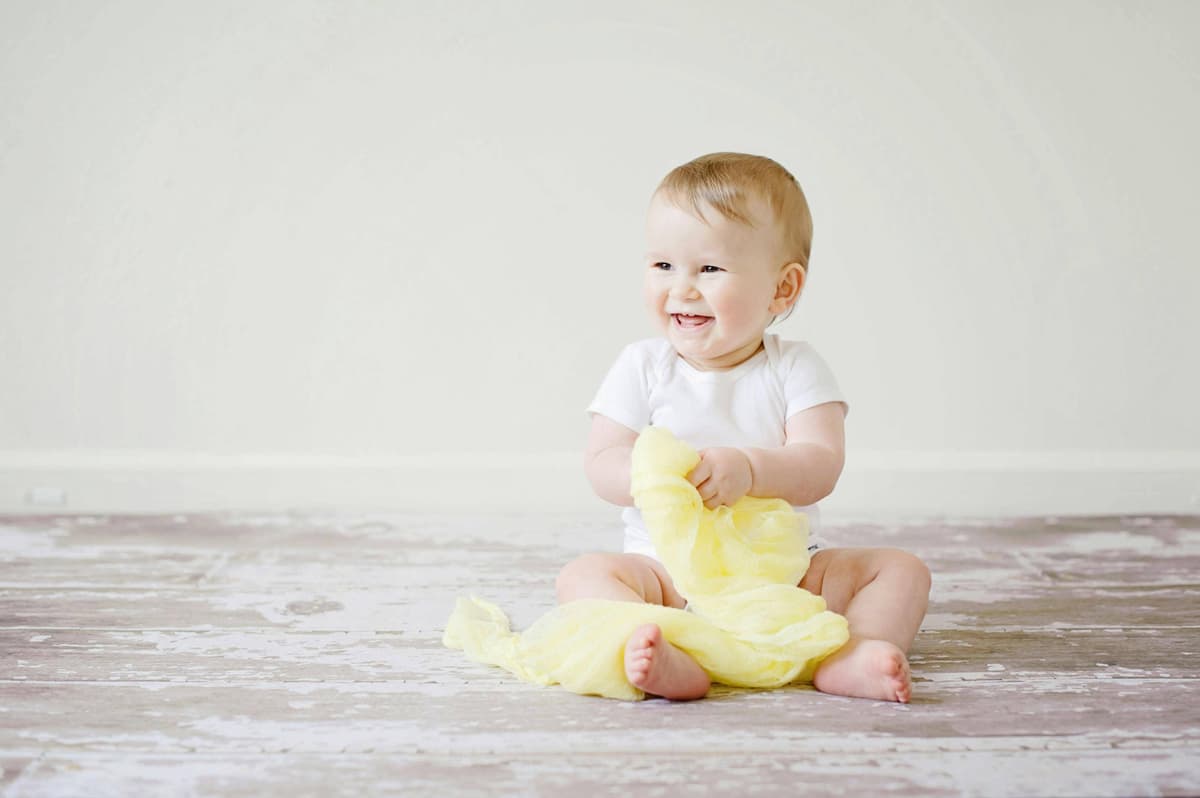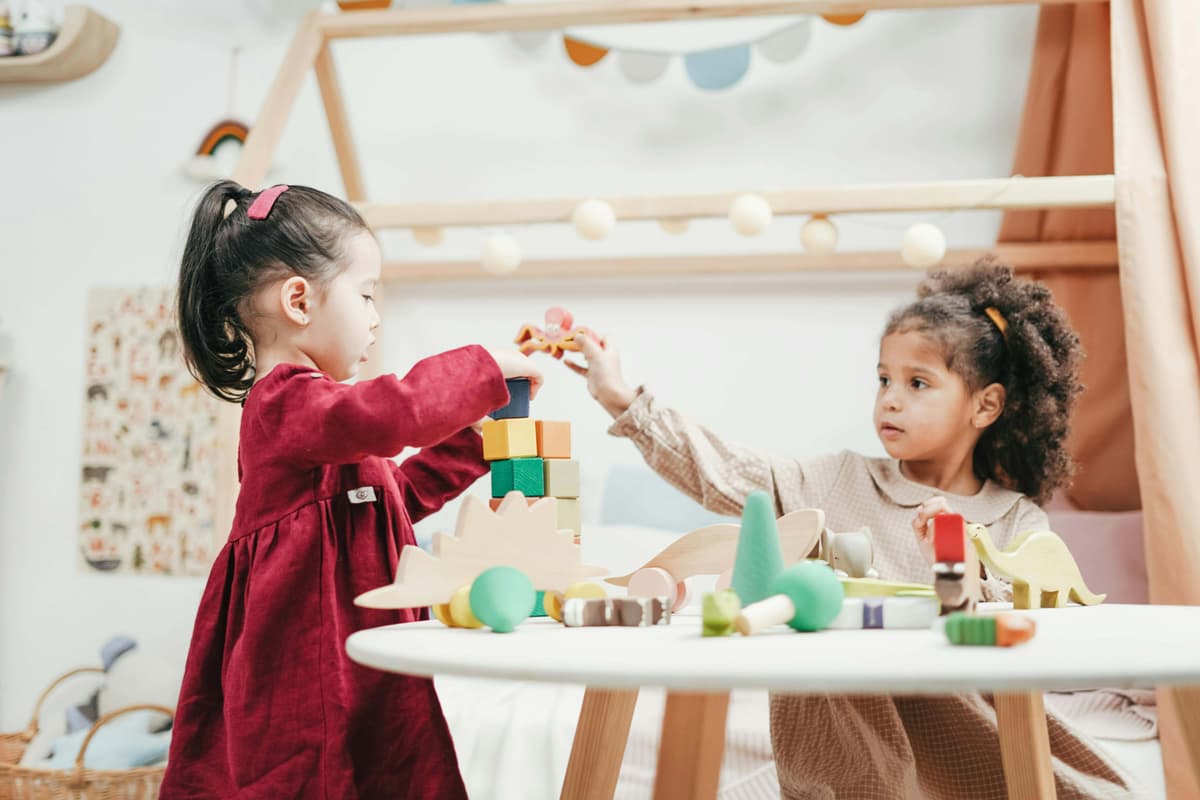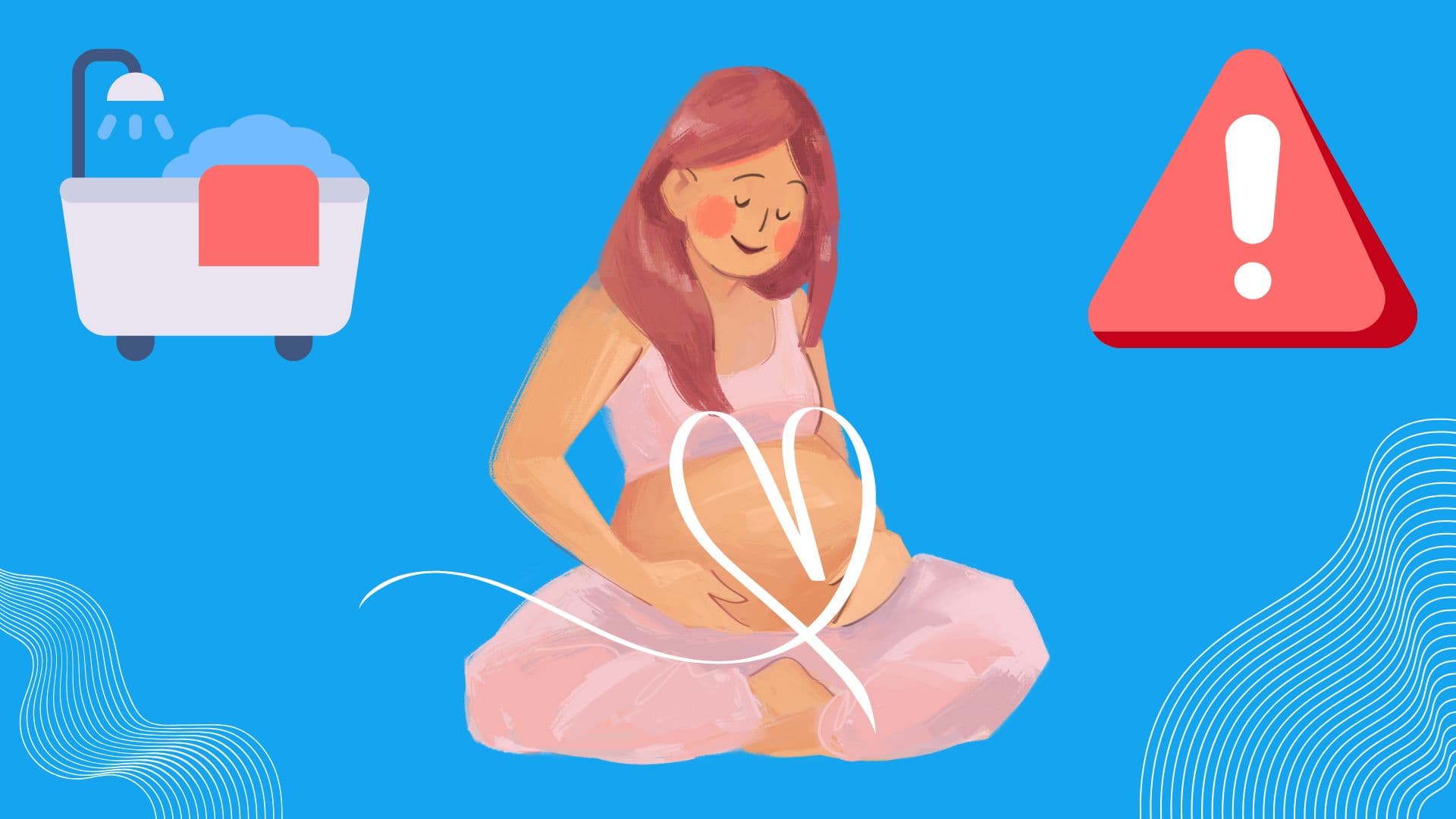
Toddlers are the cutest – so little yet so full emotions! Unfortunately, these emotions can create struggles for even the best parents and caregivers. The Terrible Twos is a well known phase that the majority of toddlers go through in their early life. We will explore what the Terrible Twos phase is, the symptoms and duration, and tips on getting through it.

The term “Terrible Twos” is used to describe a developmental phase that many toddlers go through in early childhood, typically around the age of two. During this stage, children experience significant challenging behaviors as part of their cognitive, emotional, and social development. While the term might sound daunting, it’s well-known among caregivers and parents and it is important to understand that this phase is a normal part of growth that reflects a child’s increasing independence and self-awareness.
The term “Terrible Twos”’ was coined because the phase typically begins in children around the age of two. Parents and caregivers often find this stage of their child’s life difficult due to the sudden emergence of tantrums, mood swings, and other challenging behaviors. These behaviors are a result of toddlers testing boundaries and struggling with limited verbal skills to express their needs and frustrations.
The period between the ages of one and three years is the most momentous time in a child’s life,n as they are just starting to walk, talk, and learn about their emotions. Children are naturally curious to explore their environment and may put themselves in situations that can cause frustration. A child of this age is learning new abilities and skills and will naturally want to test them out, especially as they develop more independence.

The symptoms of the Terrible Twos can vary widely among children, but common behaviors include:
It’s important to recognize these symptoms and behavioral changes in your toddlers and learn how to properly deal with this new phase.
The duration of the Terrible Twos phase can vary. This phase typically starts around 18 months and potentially lasts until the age of three or four. While some children may outgrow this stage quickly, others might experience these behaviors for a longer period. The intensity and duration depend on the child’s developmental pace and temperament, and the strategies used by caregivers to manage and guide their toddler’s behavior.

Coping with the Terrible Twos requires patience, understanding, and effective caregiving strategies. Here are some tips and guidance to help manage this challenging phase:
Remain calm and patient: Understand that tantrums and behavioral changes are a normal part of development. Stay calm during outbursts and avoid reacting with your own anger or frustration.
Use positive reinforcement: Reward positive behaviors and praise your child when they follow instructions or exhibit good behavior.
Set clear boundaries: When you setting boundaries, consistent rules, and routines, you provide a sense of security for toddlers. Be clear about what behaviors are acceptable and what are not.
Offer choices: Providing toddlers simple choices (e.g., “Do you want the blue cup or the green cup?”) can help them feel a sense of control and reduce resistance.
Redirect attention: When tantrums begin, try to distract your child with a different activity or toy to shift their focus.
Create a safe environment: Ensure that your home is a safe space for exploration and remove potentially dangerous items that could pose a risk during tantrums or outbursts.
Stay consistent: Consistency in responses to behaviors helps toddlers understand consequences. Mixed signals can lead to confusion and more resistance.
Teach emotional expression: Help your toddler learn words to express their emotions. Teaching them simple phrases like “I’m mad” or “I’m sad” can be empowering and very beneficial to them.
Stay connected: Spend quality time with your toddler by offering comfort and affection. Strong emotional bonds can mitigate anxiety and improve behavior.
What percent of tantrums occur during different toddlerhood ages?
18 to 24 months | 87% |
|---|---|
30 to 36 months | 91% |
42 to 48 months | 59% |
The Terrible Twos are a normal part of toddler development, reflecting a child’s growing independence and increasing cognitive abilities. While this phase can be challenging, understanding its underlying causes and implementing effective coping strategies can make it more manageable. With patience, consistency, and positive reinforcement, parents and caregivers can guide their toddlers through this developmental stage, helping them emerge more confident and well-adjusted.

Hot tubs have long been a source of relaxation and social gathering, providing a warm and soothing escape from the stresses of everyday life. However, the relationship between hot tub usage and pregnancy has been a topic of concern and curiosity for many. As expectant parents seek to ensure the health and well-being of their …

Navigating the food landscape for individuals with autism presents formidable challenges. These challenges are compounded by food aversions, sensory sensitivities, and behavioral complexities that can make the simple act of making or ordering food a lot more difficult. Expert research underscores prevalent issues such as tantrums, extreme food selectivity, and nutritional deficiencies among those on …

When catastrophic events such as natural disasters, mass shootings, or acts of violence unfold, children can be left feeling confused, scared, and stressed. Understanding that children respond differently to such situations is crucial. Today, we’ll explore strategies for effectively handling and supporting children as they process these tragedies. Understanding children’s responses to tragedy Children respond …